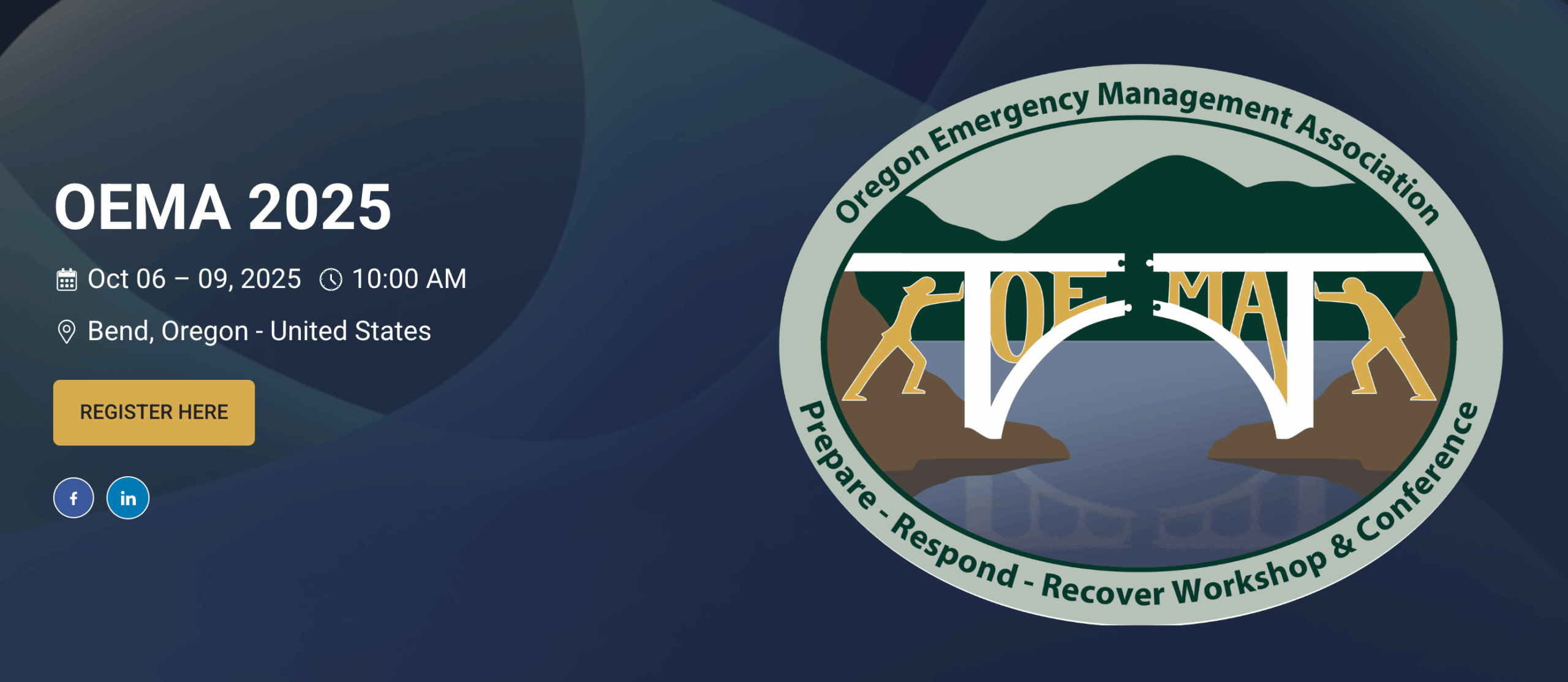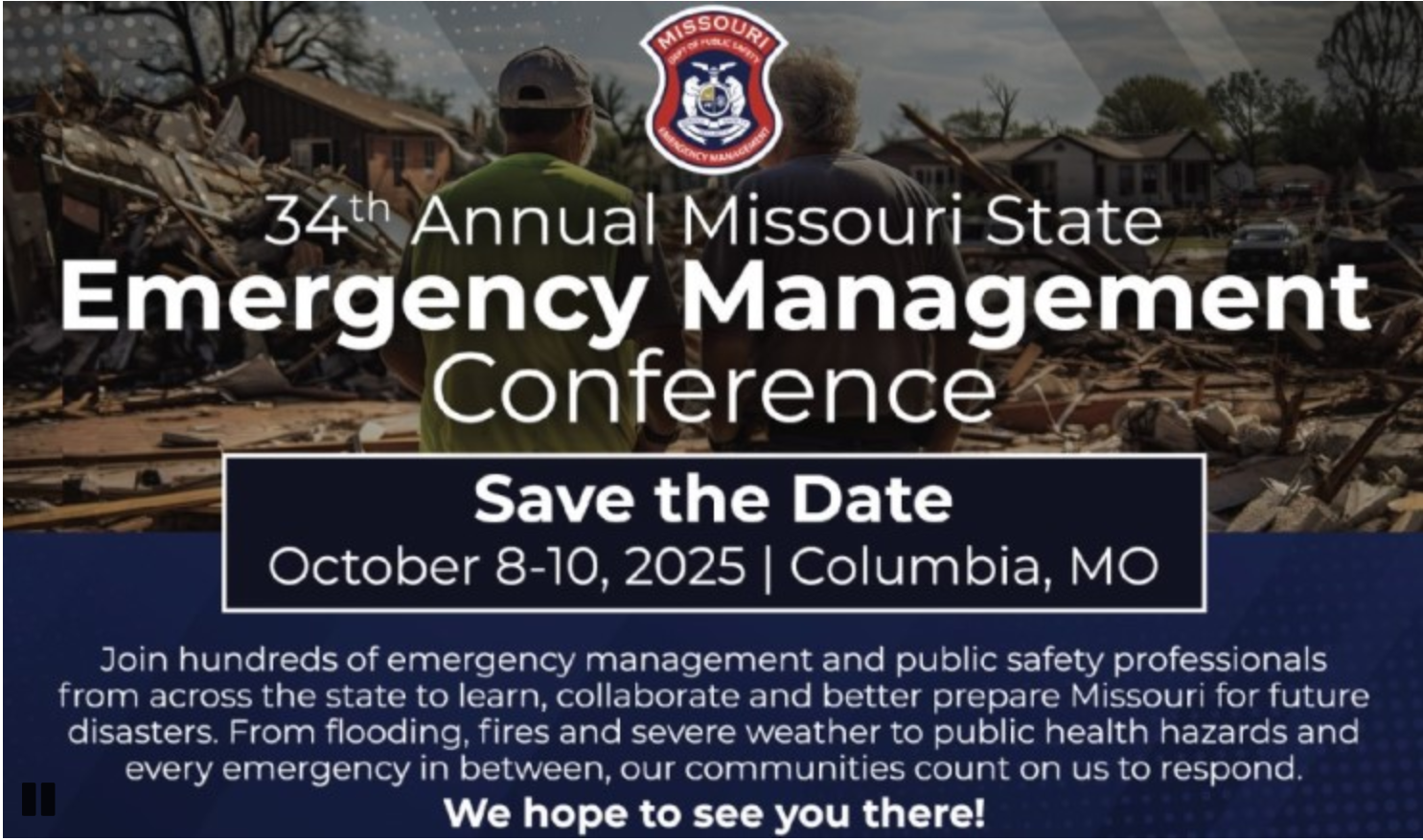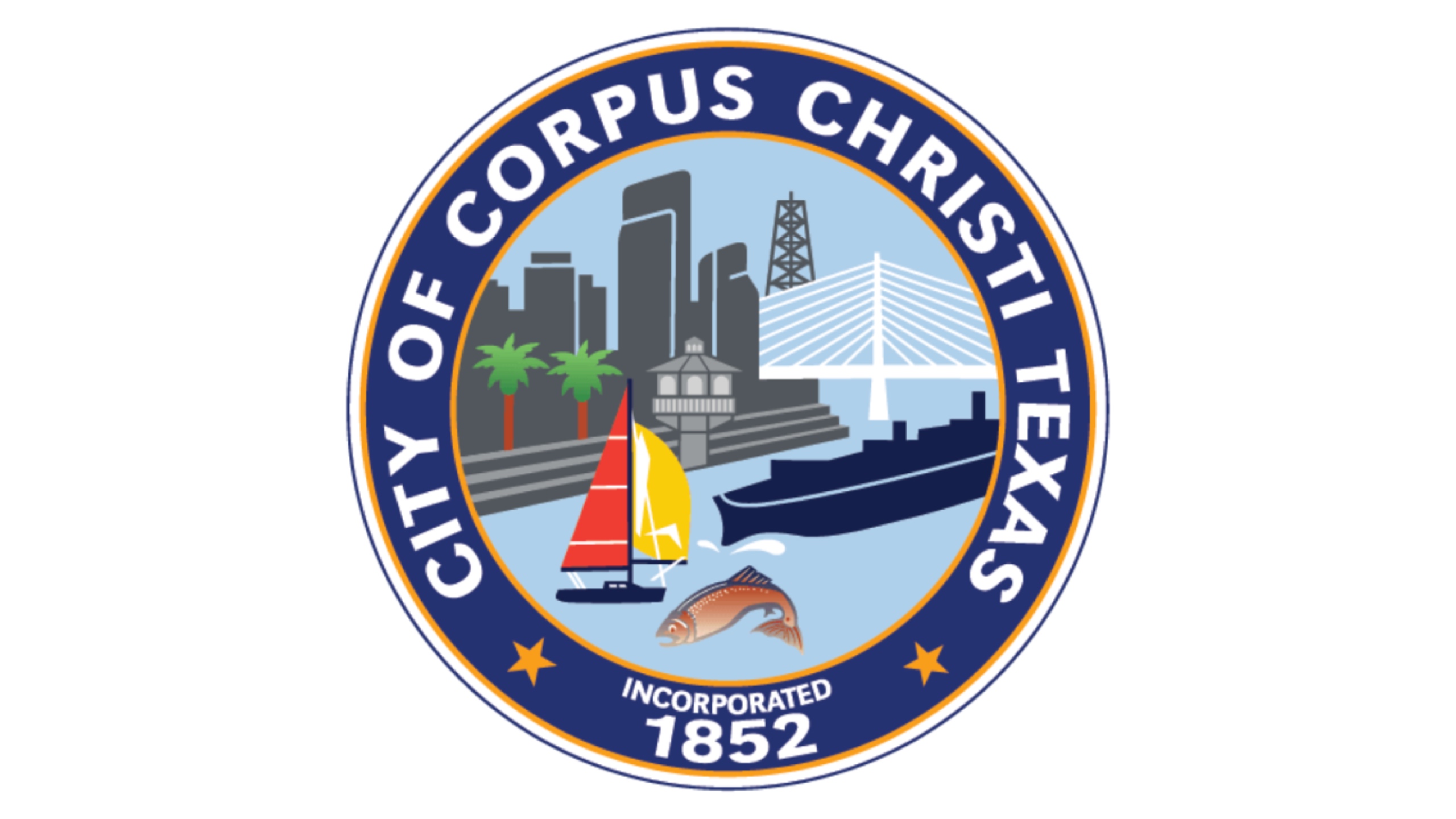September 11, 2001, remains one of the darkest days in American history, marked by an unprecedented attack on U.S. soil and an unimaginable loss of life. As we remember this tragedy, we must also recognize the immense heroism and rapid response efforts that unfolded in the hours and days following the attacks. The men and women who answered the call that day—firefighters, police officers, EMTs, and countless volunteers—saved lives and laid the groundwork for the future of emergency management in the United States.
For those of us in emergency management, 9/11 was more than a tragedy—it was a pivotal moment that transformed our industry. The scale and complexity of the response required on that day shaped how we approach disaster response today.
Key Elements of the Response on 9/11
- Unprecedented Scale of Coordination: The initial response to 9/11 saw an unparalleled level of coordination between local, state, and federal agencies. EOCs in New York City and surrounding areas activated immediately, and FEMA deployed Urban Search and Rescue teams within hours. Over the following weeks, these EOCs became central hubs for managing resources, communicating between agencies, and ensuring public safety. This kind of large-scale, multi-agency coordination had never been seen before.
- Firefighters and First Responders on the Ground: More than 400 firefighters and 60 police officers lost their lives at Ground Zero, but not before rescuing thousands of civilians. Firehouses such as FDNY Ladder 10, located just blocks from the World Trade Center, were among the first on the scene. Their quick, decisive actions saved lives in the face of unimaginable danger. Engine 54, Ladder 4, and Battalion 9 were among the hardest-hit units, losing 15 members that day.
- Medical Response: Hospitals in New York City immediately went on high alert, with triage centers being set up in the streets and ERs prepared for mass casualties. Ambulances, EMS units, and volunteer medical professionals were deployed from across the region, showcasing the speed and efficiency of emergency medical response in the wake of a catastrophe. The scale of the medical response alone was a logistical feat.
- Communication Challenges: 9/11 exposed critical gaps in communication infrastructure. Radio systems failed, cutting off communication between first responders inside the towers and those coordinating from outside. This tragic lesson led to significant advancements in interoperable communication systems, ensuring that today’s responders can communicate seamlessly across departments and jurisdictions.
The Power of Mutual Aid in the 9/11 Response
One of the most remarkable aspects of the 9/11 response was the way agencies from across the country came together in an unprecedented display of mutual aid. When New York City’s resources were stretched to the breaking point, fire departments, law enforcement, and medical teams from neighboring states and beyond mobilized rapidly to assist in the response.
- Fire and Rescue Support: Thousands of firefighters from across the country volunteered to relieve New York’s exhausted teams. Firefighters from as far as California and Texas arrived in New York to help with search and recovery efforts, often spending days at Ground Zero. Over 100 urban search and rescue teams coordinated with local agencies to assist in recovering victims trapped under the rubble.
- Law Enforcement and Security Reinforcements: Law enforcement officers from numerous states worked in tandem with the NYPD to maintain order, assist in search efforts, and secure critical infrastructure in the days and weeks following the attacks. This type of inter-agency cooperation laid the groundwork for mutual aid agreements that exist today.
- Medical and Mental Health Support: In addition to EMS units, hospitals nationwide prepared for potential mass casualty incidents in their own cities, while also sending medical supplies, personnel, and mental health professionals to New York to support both victims and first responders.
The Legacy of 9/11 in Emergency Management
The aftermath of 9/11 brought a new level of awareness to the importance of preparedness and the need for more advanced emergency management systems. It wasn’t just about having a plan—it was about having the right tools and resources to execute that plan in real time.
- Creation of the Department of Homeland Security (DHS): In response to 9/11, the U.S. government restructured its approach to national security and emergency preparedness, leading to the creation of DHS. This move centralized various agencies and improved the coordination of emergency responses across the country.
- Advancement of Incident Command Systems (ICS): The response to 9/11 highlighted the importance of having clear, hierarchical structures in place during a crisis. The National Incident Management System (NIMS), built upon ICS principles, was solidified to ensure streamlined command and control during complex incidents.
- Enhanced Training and Preparedness: The lessons of 9/11 continue to influence the way emergency management agencies train for mass casualty events, terrorism, and other large-scale disasters. Regular drills, exercises, and cross-jurisdictional coordination have become standard practice.
Moving Forward: The Role of Technology in Emergency Management
At Juvare, we understand that the advancements made in emergency management since 9/11 are part of a broader effort to keep our communities safe. Today, technology plays a critical role in making sure that emergency operations centers are equipped with the tools they need to respond effectively. Solutions like WebEOC and Crisis Track help facilitate real-time decision-making, resource tracking, and coordination across multiple agencies and jurisdictions.
While 9/11 highlighted the challenges of communication and coordination in disaster response, it also sparked a wave of innovation that has made our communities more resilient. At Juvare, we are committed to continuing that legacy by providing cutting-edge tools that help organizations respond faster and more effectively—whether during natural disasters, public health emergencies, or other crises.
As we honor the victims and heroes of 9/11, we also recommit ourselves to the mission of improving emergency management. We’re proud to play a role in helping emergency operations centers across the country prepare for whatever challenges lie ahead.









